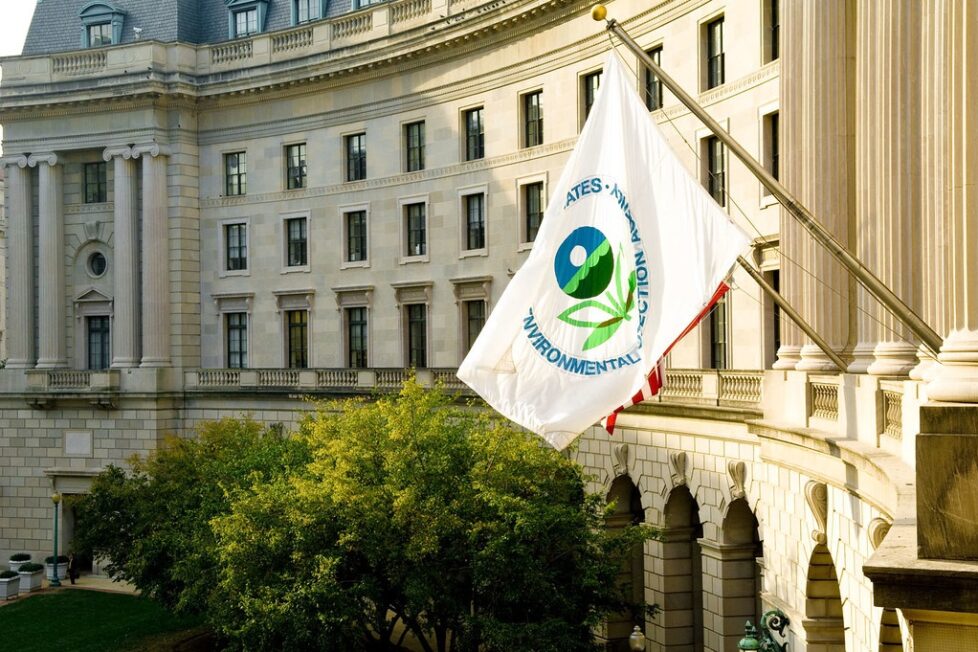EPA Boosts Emissions Reporting Requirements for Oil & Gas Companies

The U.S. EnvironmentalEnvironmental criteria consider how a company performs as a steward of nature. More Protection Agency (EPA) announced that it has issued a finalized rule aimed at strengthening and expanding methane emissions reporting requirements for oil and natural gas facility owners and operators, and improving the quality of emissions data reported through the use of advanced technologies.
Rapid reduction in methane emissions is seen as one of the most effective near-term actions that can be taken in order to help achieve the global climate goal to limit warming to 1.5°C. Methane is an extremely potent greenhouse gas (GHG), with as much as 80x the warming power of CO2, and oil and gas facilities are the largest industrial source of methane emissions in the U.S.
Addressing methane emissions has formed a key part of the Biden administration’s climate strategy, with actions taken including the launch in 2022 by the administration of its Methane Emissions Reduction Action Plan, including a commitment of more than $20 billion in new investments to tackle methane emissions. allocated from the Bipartisan Infrastructure Law, and the Inflation Reduction Act, in addition to annual appropriations.
The new final rule updates the Greenhouse Gas Reporting Program (GHGRP) requirements for the petroleum and natural gas sector, which mandates reporting of GHG data and other relevant information from large GHG emission sources, fuel and industrial gas suppliers, and CO2 injection sites in the U.S.
According to the EPA, the new rule comes to address reporting gaps in the GHGRP, with studies indicating that actual emissions from oil and gas facilities are much greater than has been historically reported under the GHGRP. The new rule aims to address the gap with changes including the facilitation of satellite data to identify super-emitters and quantify large emission events and requirements for direct monitoring of key emission sources, as well as updated methods for calculation.
The EPA added that going forward, it will solicit input on the use of advanced measurement data and methods included in the revised rule to consider future rulemaking for the use of these technologies beyond that already included in the rule, and pledged to conduct engagements to learn about technological advances for measurement and detection technologies, and their appropriateness for use in regulatory reporting programs.
EPA Administrator Michael S. Regan said:
“As we implement the historic climate programs under President Biden’s Inflation Reduction Act, EPA is applying the latest tools, cutting edge technology, and expertise to track and measure methane emissions from the oil and gas industry. Together, a combination of strong standards, good monitoring and reporting, and historic investments to cut methane pollution will ensure the U.S. leads in the global transition to a clean energy economy.”